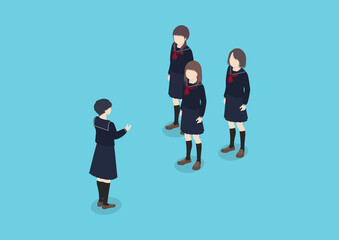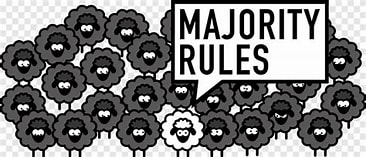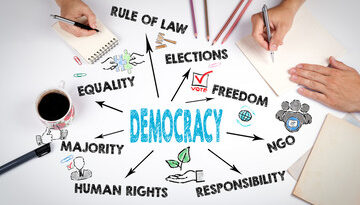Minority and indigenous groups in the USA

Minority and indigenous groups in the USA
Main languages: English, Spanish, other languages
Main religions: Christianity, Judaism, Islam
The following are the main minority and indigenous population groupings in the United States (US) according to the 2010 Census:
- Hispanic or Latino: 50.5 million (16.3%) Mexicans10.3%, Puerto Rican 1.5%, Cuban 0.6 % and Other 4.0%)
- Black or African Americans: 42 million (13.6%): -12.6% Black/African American and another 1% Black/African American in combination with another race)
- Asian Americans: 17.3 million (5.6%): – identifying in combination with another race: 4.8% identify only as Asian, including Asian Indian 0.9%, Chinese 1.1%, Filipino 0.8%, Japanese 0.2%, Korean 0.5%, Vietnamese 0.5% and 0.7% Other Asian)
- Native Americans: (categorized as ‘American Indian and Alaska Native’ in the Census) 5.2 million (1.7%); – 0.9% who identify solely in this category, along with others in combination with another race)
- Native Hawai’ians and Other Pacific Islanders: 1.2 million (0.4%); – 0.2% identifying solely in this category: Native Hawai’ians 0.1%, Guamanian or Chamarro, Other Islanders) (2010 Census)
- Arab and other Middle Eastern Americans:
In the 2010 American Community Survey on ancestry, the total number of Arab Americans was estimated at 1.7 million (0.5%), with Arab 290,900, Egyptian 190,100, Iraqi 106,000, Jordanian 61,700, Lebanese 502,000, Moroccan 82,100, Palestinian 93,400, Syrian 148,200, and Other Arab 224,200. In addition, the 2010 census estimated that there were 463,600 Iranians, 474,600 Armenians, 106,800 Assyrian/Chaldean/Syrians, and 195,300 Turks in the city, while numerous informal or independent estimates have suggested that the populations are really greater.
The Census currently does not gather disaggregated data on Arab and Middle Eastern groups because it concentrates on race rather than the place of origin (with the exception of Latino/non-Latino populations). While the Census Bureau has acknowledged the need to improve data collection on these communities, it announced in January 2018 that the Middle Eastern and North African communities would not be included in the 2020 Census, which was seen as a setback by advocates for their inclusion, given the importance of accurate data for public representation, though some community members were wary of this data being collected in the current political climate.
The United States has an unusually diverse and complex minority and indigenous population. Latinos (including Puerto Ricans), African Americans, Asian Americans, Arab and other Middle Eastern Americans, Native Americans, Native Hawaiians and other Pacific Islanders, and Alaska Natives are the seven major minority and indigenous groups. In most situations, these assemblages are made up of several separate communities.
There are hundreds of different ethnic and religious communities in the United States. While some are small immigrant groups with insufficient numbers or history to draw attention, others have been quite successful in reaching out to the mainstream population and cannot be claimed to face severe prejudice as minorities in the United States today. Irish, Italian, Polish, and other Roman Catholic European immigrants, for example, encountered serious prejudice prior to the Second World War, but have now integrated as ‘whites’. Often these groups have maintained their cultural cohesion while achieving economic advancement.
Those who profess the Jewish faith as well as those who identify as Jewish in terms of culture or ethnicity are included in the Jewish population. In 2010, the Jewish population in the United States was estimated to be a little over 6.5 million people, according to the US Census Bureau. However, other Jewish groups’ demographic estimates predict slightly lower figures. As late as the mid-1960s, anti-Semitism in the United States was pervasive and deeply rooted in social and economic structures. Jews, on the other hand, now participate in all aspects of society, including political and social institutions, as well as the media. Nonetheless, hate-group activity is a source of organized anti-Semitic violence.
Buddhists, Amish, Quakers, Dukhobor and Bruderhoffer Christians, Christian Scientists, Hare Krishnas, Mormons, Muslims, Native Americans who practice their traditional religions and spiritual beliefs, and Scientologists have all faced challenges.


